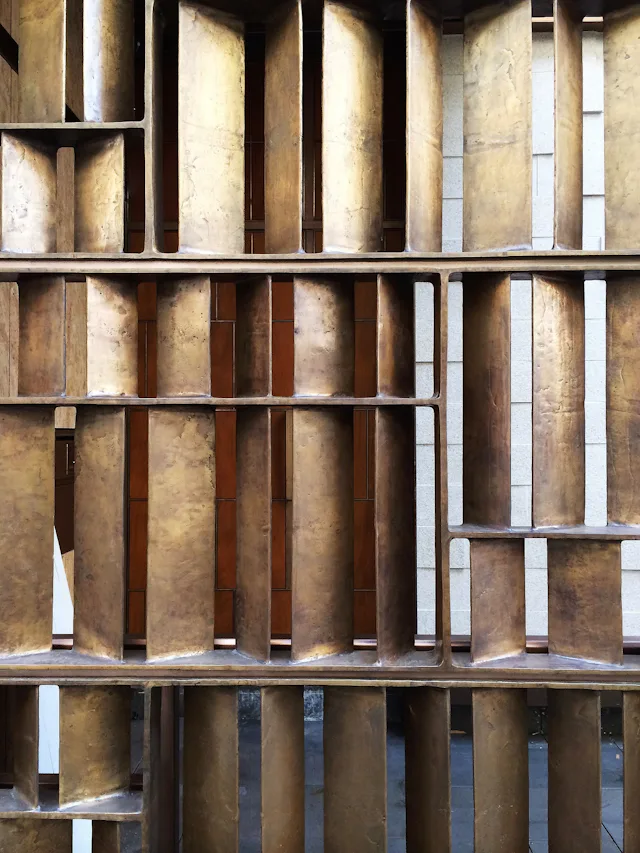This lecture examines the merits of adaptive reuse and the challenges faced in delivering such projects as Tai Kwun, a newly opened heritage and arts centre transformed from the defunct Central Police Station Compound.


Lecture by Brian Anderson
This lecture examines the merit of adaptive re-use and the challenges that are faced in delivering such projects as Tai Kwun, a newly opened heritage and arts centre transformed from the defunct Central Police Station Compound. Tai Kwun is arguably the single largest project of its type that Hong Kong will ever do, and an example of the collaborative nature of architectural practice – the lecture will also discuss contributions from Herzog & de Meuron and Rocco Design Architects.
Speaker Brian Anderson
Date 01.11.2018
Time 6:00 PM - 7:30 PM
Location Exhibition Zone F, 1/F, CUHK School of Architecture
This lecture examines the merits of adaptive reuse and the challenges faced in delivering such projects as Tai Kwun, a newly opened heritage and arts centre transformed from the defunct Central Police Station Compound. Tai Kwun is arguably the single largest project of its type that Hong Kong will ever do, and an example of the collaborative nature of the architectural practice – the lecture will also discuss contributions from Herzog & de Meuron and Rocco Design Architects.
Brian Andersonis Adjunct Associate Professor at CUHK School of Architecture and Director of PURCELL in Hong Kong. He led the heritage assessment and adaptive re-use of the existing buildings of the former Central Police Station Compound, and its transformation into the present Tai Kwun Centre for Heritage and Arts. He is also a principal author of a number of other conservation management plans and heritage impact assessments, as well as a consultant to various public and private clients.

Brian Anderson is Adjunct Associate Professor at CUHK School of Architecture and Director of PURCELL in Hong Kong. He led the heritage assessment and adaptive re-use of the existing buildings of the former Central Police Station Compound, and its transformation into the present Tai Kwun Centre for Heritage and Arts. He is also a principal author of a number of other conservation management plans and heritage impact assessments, as well as a consultant to various public and private clients.

